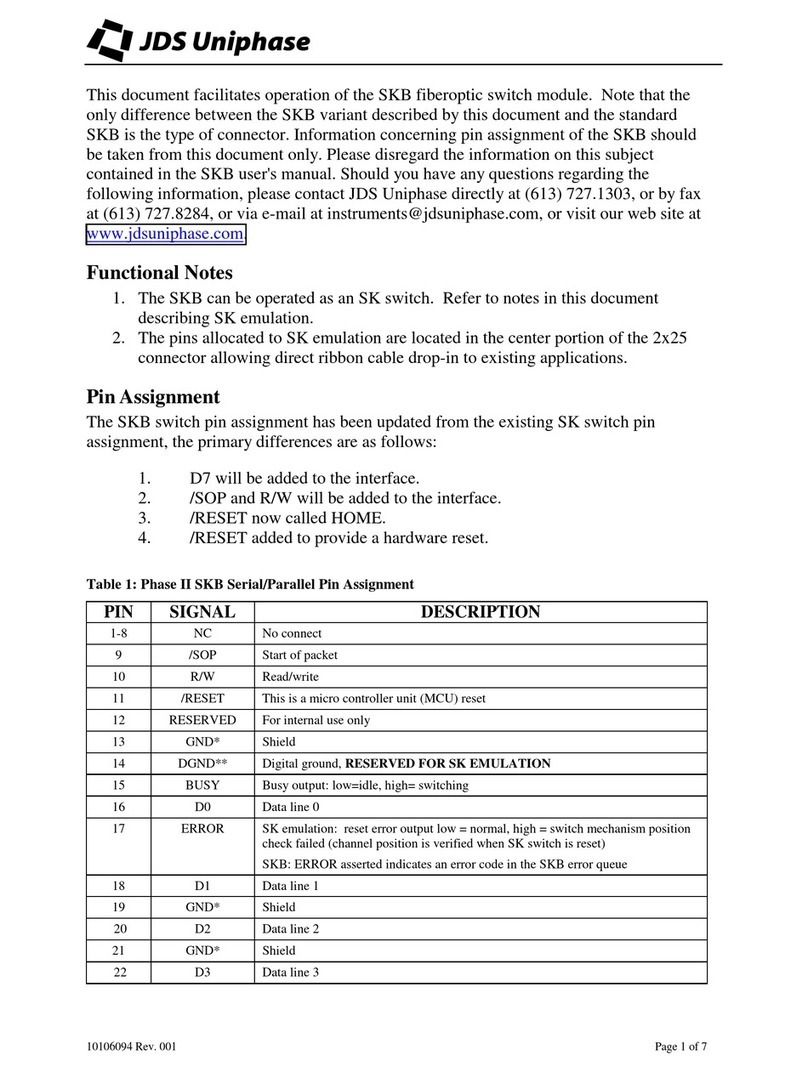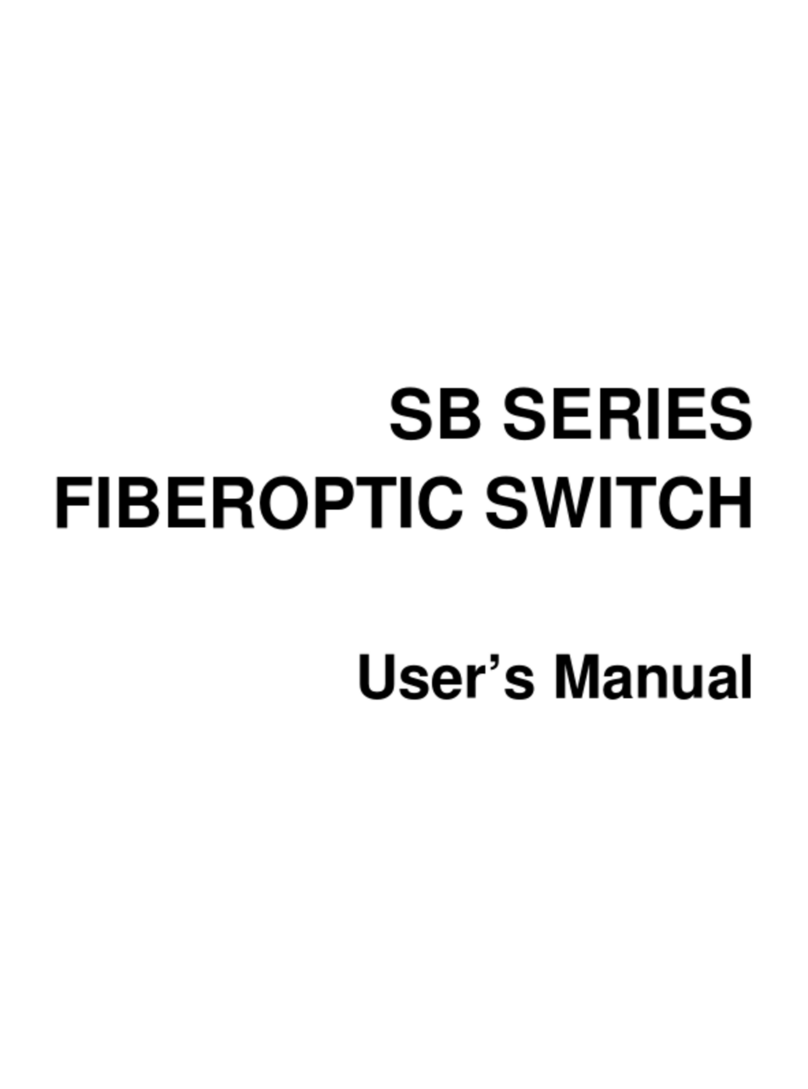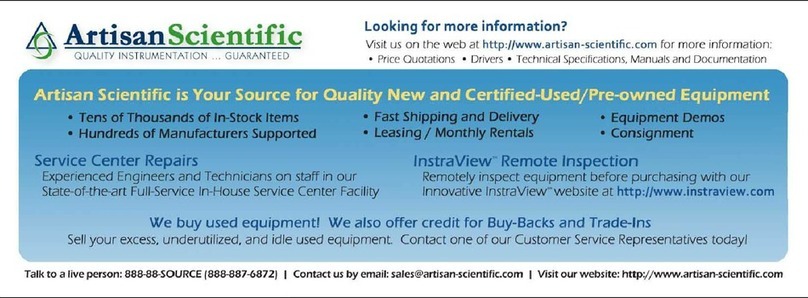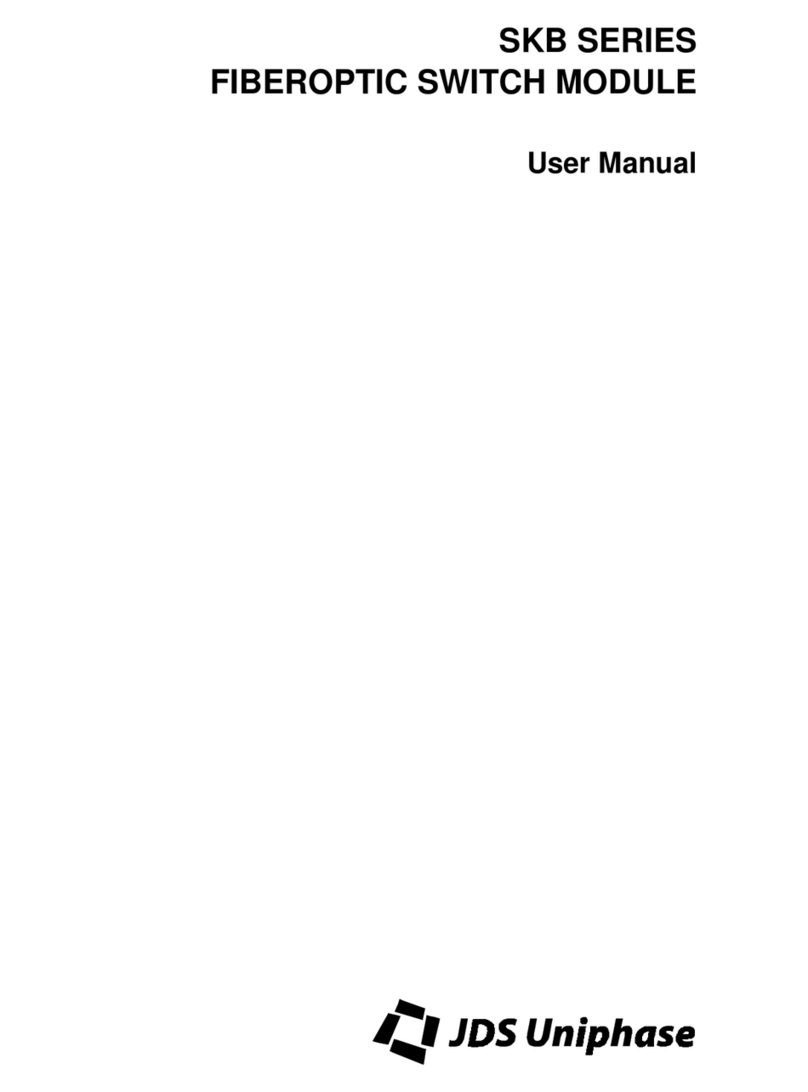
Contents
Safety Information, Instructions, and Symbols........................................................................ 1
Safety Information .............................................................................................................1
Classification ......................................................................................................... 1
Disconnecting from Line Power............................................................................. 1
Line Power Requirements ..................................................................................... 1
Fuse Type .............................................................................................................1
Laser Application...................................................................................................1
Safety Instructions.............................................................................................................2
Before Initializing and Operating the Unit.............................................................. 2
Operating the Unit ................................................................................................. 2
Safety Symbols .................................................................................................................3
Compliance ....................................................................................................................... 4
FCC Compliance ................................................................................................... 4
CE Compliance ..................................................................................................... 5
CSA / IEC Compliance .......................................................................................... 5
UL Compliance...................................................................................................... 5
General Information and Specifications ................................................................................... 6
General Information ..........................................................................................................6
Multiple-Common (SCG-D) Switch Configuration ................................................. 7
Single-Step Multiple-Common (SCG-E) Switch Configuration .............................. 7
Multiple-Common Blocking (SCG-F) Switch Configuration ................................... 8
Key Features ......................................................................................................... 8
Applications ........................................................................................................... 8
Standard Accessories ...........................................................................................8
Specifications .................................................................................................................... 9
Getting Started .......................................................................................................................... 11
Before Initializing and Operating the Unit........................................................................11
Initial Inspection .............................................................................................................. 11
Operating Environment ................................................................................................... 12
Temperature........................................................................................................ 12
Humidity .............................................................................................................. 12
Ventilation............................................................................................................ 12
Storing and Shipping.......................................................................................................12
Claims and Repackaging ....................................................................................12
Returning Shipments to JDS Uniphase............................................................... 12
Cleaning Connectors.......................................................................................................13
Installing the Switch ........................................................................................................ 14
Operating and Maintenance Instructions ............................................................................... 15
Front Panel...................................................................................................................... 15
Operating Keys.................................................................................................... 16
Status LEDs ........................................................................................................16
Rear Panel ...................................................................................................................... 17
Making External Switch Module Connections ................................................................. 17
External Switch Module without TTL Input Controls............................................ 17
SD000343 Rev. A August 2000































